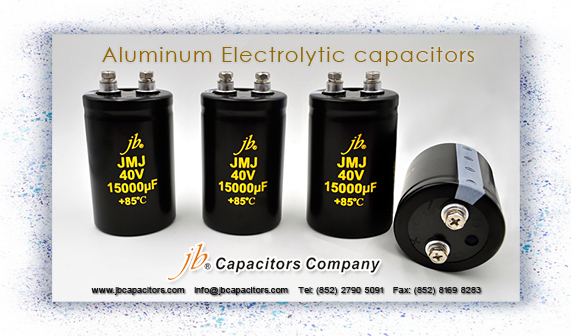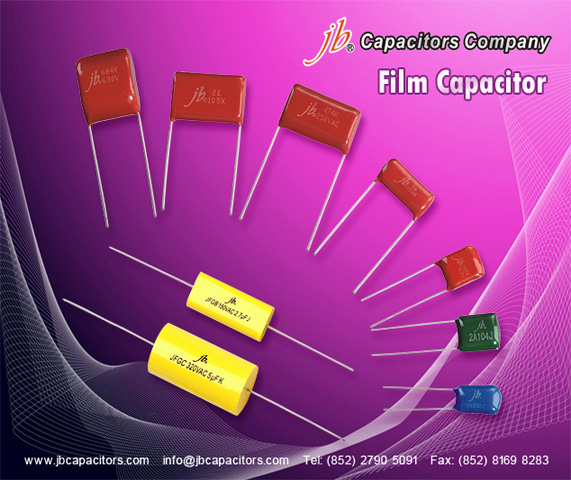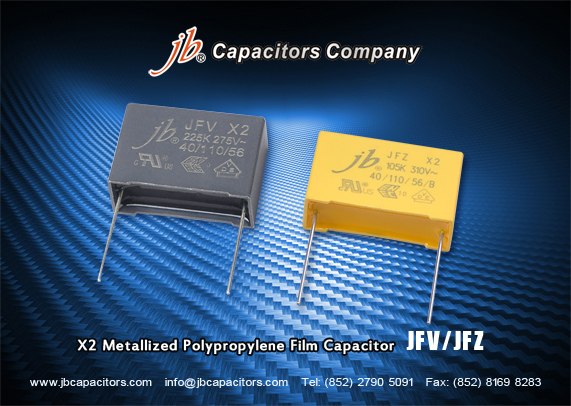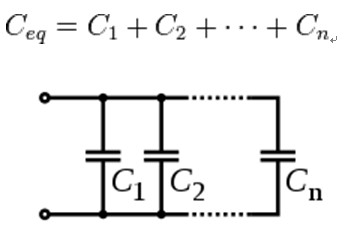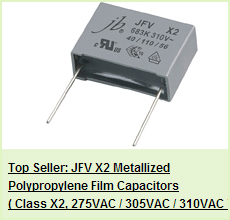jb Offer High Quality Screw Terminals of Aluminum Electrolytic Capacitors
jb capacitors company not only produce MKT MKP Film capacitors, also produce high quality Screw
terminals Aluminum Electrolytic capacitors, some people called Large can aluminum electrolytic capacitors, I.E. Snap-in, Screw, Lug type. Long load life, high ripple current...
Recently jb strongly recommend screw type aluminum electrolytic capacitors, with very high quality, widely use in power supply, UPS, Welding Machines, filter etc...
See below our strong series:
JMJ--Screw terminal aluminum electrolytic capacitors, 2000hours at 85C'---cross: Epcos B41456,B41458/ B43456,B43458/ B43564, B43584/ B43455, B43457 CDE: CGS series
JML--Screw terminal aluminum electrolytic capacitors, 2000hours at 105C'--Cross:
Epcos B43740,B43760/B41560,B41580/ B43450,B43770(high ripple current)
JMN--Screw terminal aluminum electrolytic capacitors, 5000hours at 85C'
JMQ--Screw terminal aluminum electrolytic capacitors, 5000hours at 105C'
